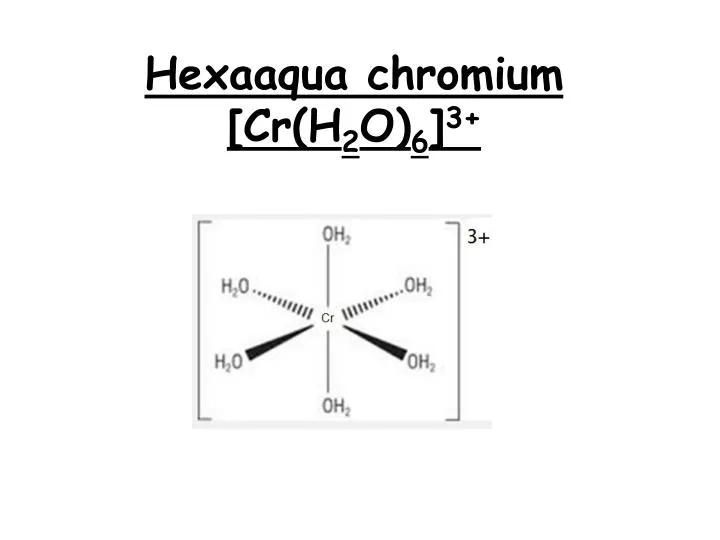

The mixture in the syringe was carefully dropped at 1 mL/min feed rate to a precipitation bath containing 1.5 M NaOH to form spherical beads. After that, the mixture was added to a 10 mL syringe (Becton, Dickinson and Company, Franklin Lakes, NJ) with a 23 G BD Precision Glide needle (Becton, Dickinson, and Company, Franklin Lakes, NJ) bent at 90° angle and was connected to a NE-300 Just Infusion syringe pump (New Era Pump Systems. Briefly, a solution of CS-PEI-GO containing 2.0% CS, 2.0% PEI and 1500 ppm GO were stirred overnight at 150 rpm to form a homogeneous solution. The polymer beads were synthesized according to a previously reported method 3, 7, 8.ĬS-PEI-GO polymer bead was synthesized according to the optimum composition suggested by Perez et al. This material was selected since it was shown to remove Cr (VI) and convert to Cr (III) and because these beads contain diverse functional groups, such as amine, hydroxyl, carboxyl, carbonyl and alkyl groups, which were previously suggested to be playing a significant role in this conversion of Cr (VI) to Cr(III). Some of them reported the conversion of Cr (VI) to Cr (III), but none of them investigated the actual pathways of conversion of Cr (VI) to Cr (III) during the removal of Cr (VI).īased on this knowledge gap, in the present study, we synthesized graphene oxide (GO) embedded in chitosan (CS) and polyethyleneimine (PEI) with the aid of a crosslinking reagent, glutaraldehyde (GLA) 3. These studies showed the successful removal of Cr (VI) by carbon-based nanomaterials and polymer beads. Similarly, several studies have indicated that the Cr (VI) ions in a solution can form ion complexes with graphene oxide functional groups or can be subjected to electrostatic attractions allowing easy removal from a solution by a CS-PEI-GO nanocomposite 3, 4, 6. reported that Cr (VI), in the form of Cr 2O 7 2− anions bound to positively charged surfaces of wood-based powdered activated carbon (WPAC), was reduced to Cr (III), suggesting that some graphitic carbons in WPAC allowed a redox reaction to happen 5. Primarily, it was theorized to be a combination of electrostatic attraction and chemical complexation based on previous reports with other carbonaceous materials 3– 6. Furthermore, in many cases, Cr (VI) has shown to be reduced to Cr (III) however, the chemical pathway behind this removal and reduction has not been fully elucidated. In this premise, earlier studies have shown that various combinations of graphene oxide-based nanomaterials can effectively remove Cr (VI) ions. Therefore, a wider interest has been shown in finding alternative methods to remove Cr species from water to ensure sustainable and consumable water supply. Conventionally, heavy metals are removed by techniques that produce hazardous chemical wastes and require post-treatment 2. Cr can be found in many oxidation forms Cr (VI) being the most toxic and soluble, and Cr (III), the least toxic form of chromium 1. Other functional groups present in the polymer bead play an important role in adsorption but are not involved in the conversion of Cr (VI) to Cr (III).Ĭhromium removal in water treatment is a big challenge since the maximum limit concentration allowed in drinking water is only 0.1 ppm.

The inclusion of GO in the polymer beads dramatically increased the potential of Cr (VI) uptake and conversion to Cr (III), indicating polymers and nanomaterials containing alcohol groups can remove and convert chromium in water. The results showed that alcoholic groups are converted to carboxylic groups while reducing Cr (VI) to Cr (III). In the present study, we employed X-ray photoelectron spectroscopy and Fourier-transform infrared spectroscopy to investigate the conversion pathway of Cr (VI) to Cr (III) in graphene-based polymer beads. This conversion and the functional groups involved in this conversion, until now, were not elucidated. Recent studies have demonstrated that graphene oxide (GO) based polymer beads cannot only adsorb Cr (VI) via electrostatic attractions but also reduce it to Cr (III), which is a much less toxic form of chromium. To achieve better removal of Cr (VI), it is essential to understand the chemical reactions that lead to the successful removal of Cr species from the solution. Alternative methods of aqueous chromium removal have been of great research interest in recent years as Cr (VI) is a highly toxic compound causing severe human health effects.


 0 kommentar(er)
0 kommentar(er)
